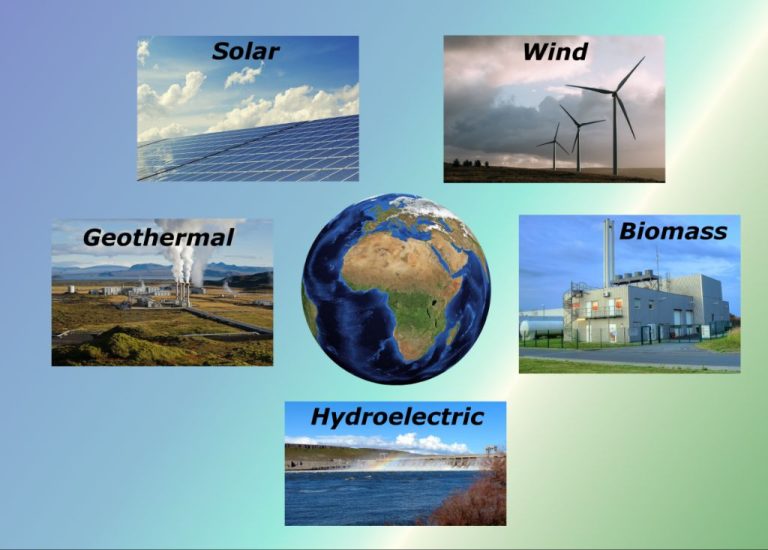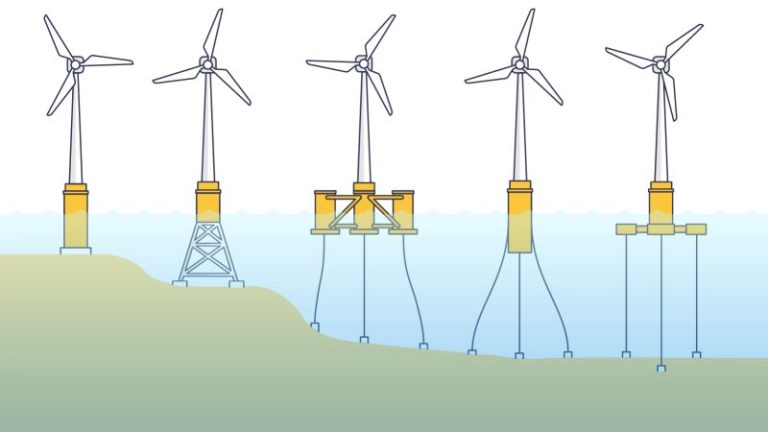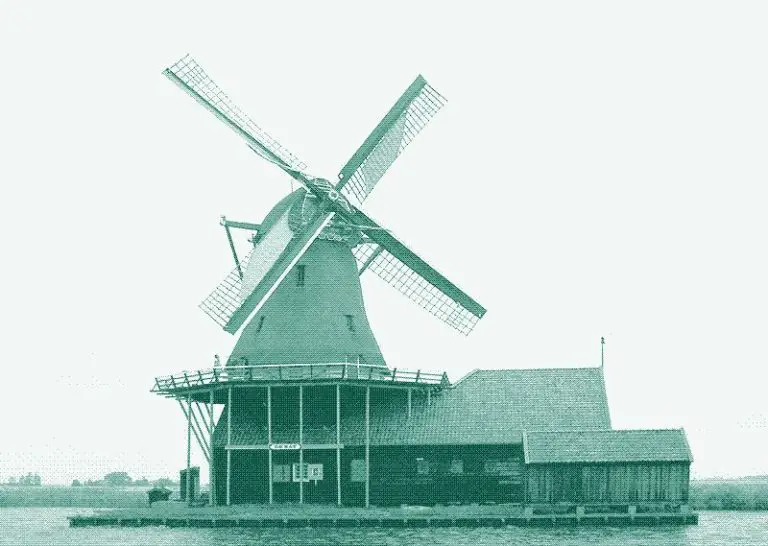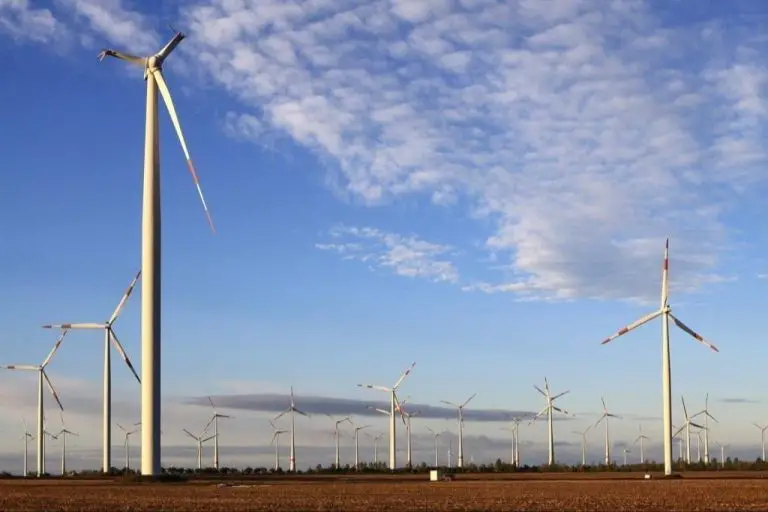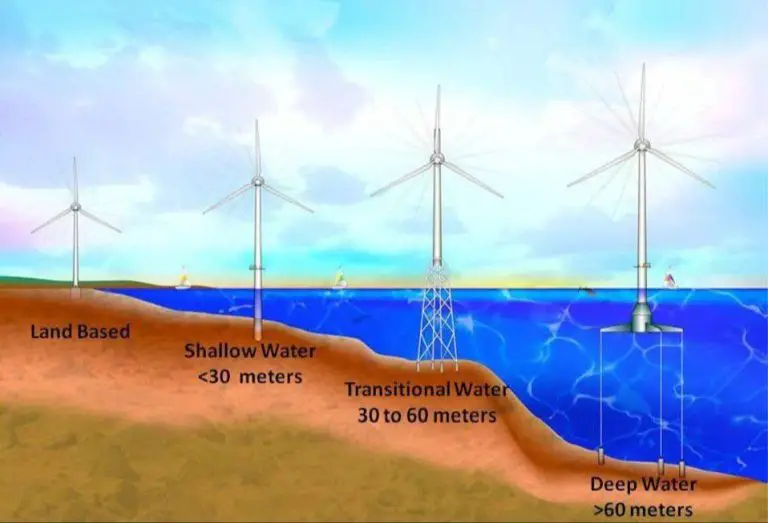Why Are People Against Wind Power?
Wind power has seen tremendous growth over the last two decades, with over 60% of new electricity generation capacity coming from wind in 2019 (Stokes). Yet public opposition has emerged as a significant barrier, with nearly 1 in 5 proposed wind energy projects facing local resistance (URL 1). This article explores the complex array of factors driving opposition to wind power, from noise and visual impacts to concerns about wildlife, subsidies, and more. Understanding diverse perspectives around wind energy development is crucial as we work to transition energy systems and build consensus around a low-carbon future.
Noise Concerns
One of the most common complaints against wind turbines is the noise they generate. Wind turbines produce two main types of noise – mechanical noise from the turbine machinery, and aerodynamic noise from the blades passing through the air [1]. The aerodynamic noise tends to be more disruptive, especially when the blades are rotating at high speeds.
The swooshing or pulsing noise from wind turbine blades can be irritating or even stressful for some people living close by. Studies have shown links between wind turbine noise and sleep disturbance, headaches, and decreased quality of life [2]. The low frequency nature of wind turbine noise makes it challenging to block with insulation or noise barriers.
Guidelines recommend wind turbines be sited far enough away from homes to keep noise below 45-50 decibels. However, some people report being impacted by wind turbine noise up to 0.6 miles (1 km) away. There is ongoing debate around safe noise limits and required setback distances.
Visual Impact
One of the most common concerns regarding wind turbines is their visual impact on the surrounding landscape. Large wind turbines can reach heights of over 500 feet, with blade spans wider than a football field. Their enormous scale and presence can significantly alter scenic views and vistas (Wind Energy Projects and the Viewshed – WINDExchange).
Many find wind turbines visually unappealing and worry they will ruin the aesthetics of pristine natural settings or spoil iconic landscapes. There are concerns that sweeping vistas will be interrupted by rows of spinning turbines. Some argue wide open spaces will lose their scenic value if dotted with massive industrial structures (Wind Turbine Visibility and Visual Impact Threshold Distances …).
Visual impact analyses can help assess changes to viewsheds. But beauty remains in the eye of the beholder. Support for wind power seems to depend partly on whether local residents perceive turbine views as majestic or as an eyesore (Visual Impact Analysis | Wind Energy). There are clearly divided opinions on the aesthetic impacts of seeing wind farms on the horizon.
Declining Property Values
One common concern about wind farms is their potential impact on nearby property values. Some critics argue that having wind turbines visible from residences can decrease home values. However, research on this topic has found limited or no impacts on property values.
For example, a 2021 study from the U.S. Department of Energy analyzed 50,000 home sales between 1998-2012 across 27 counties in the United States. It found “no statistical evidence that home prices near turbines were affected in the post-construction or post-announcement/pre-construction periods.”
Another report from Lawrence Berkeley National Laboratory analyzed U.S. wind facilities and surrounding home values over 12 years. It concluded there was “no evidence that home prices near wind turbines were consistently lower than home prices farther away.” Overall, research suggests minimal impacts on nearby property values from wind farm development and operations.
Wildlife and Ecosystem Concerns
One of the main arguments against wind power is its potential negative impacts on wildlife and ecosystems. Wind turbines can pose a threat to birds and bats due to collisions. Studies have documented that wind energy facilities kill birds and bats. Mortality rates vary among facilities and across regions. According to the US Fish and Wildlife Service, wind turbines kill between 140,000 and 500,000 birds per year in North America.
Bats are especially susceptible to wind turbine collisions. The rotating blades of wind turbines can kill flying bats directly or cause lethal internal hemorrhaging due to pressure changes near the blades. According to the Department of Energy, bat mortality rates at wind facilities range from 2 to 13 bats per megawatt per year. Migratory tree-roosting bats such as hoary bats are most vulnerable.
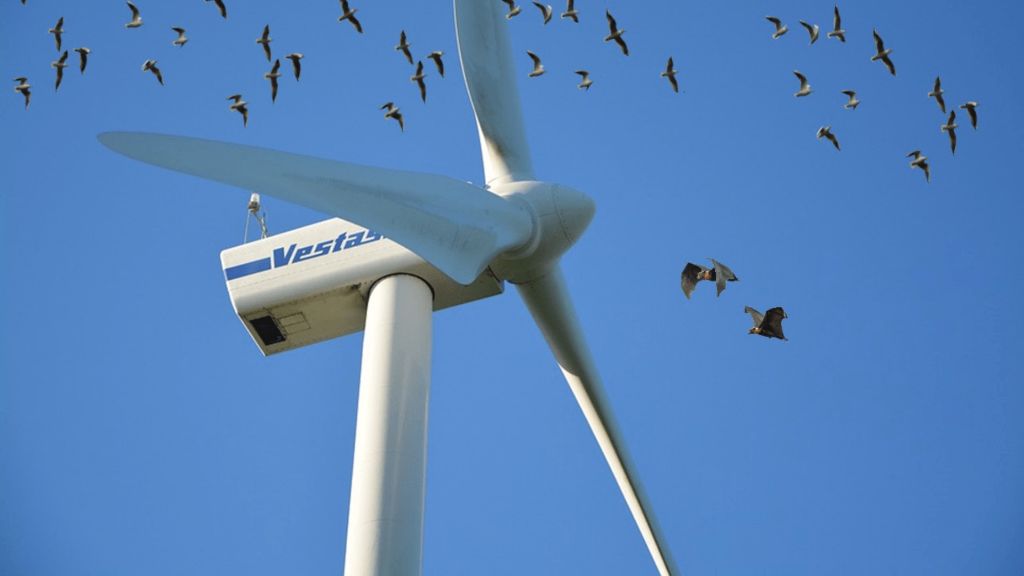
Beyond direct mortality, wind facilities may negatively impact wildlife habitats and ecosystems. The construction of access roads and power lines can disrupt and fragment habitat. The spinning blades can also deter birds and bats from foraging in the area surrounding wind farms. More research is needed to better understand these ecosystem impacts over the long term.
Indigenous Land Issues
There have been several disputes over the development of wind farms on indigenous lands in some regions. Many indigenous groups argue that the construction of wind turbines infringes on their historical land rights and threatens important cultural sites. They view the land as sacred with deep spiritual meaning and value. There are concerns that their ancestral burial grounds and cultural heritage sites could be disrupted by the development of wind farms. Some indigenous groups have accused wind energy companies and governments of failing to properly consult them and gain consent before moving ahead with projects on their traditional territories.
There have been high profile cases of indigenous protests against proposed wind farms, such as those planned for an area called Sibelco near Australia’s Torres Strait Islands. The local Aboriginal group said building wind turbines on their land would interfere with their customs and ability to maintain cultural practices. After years of dispute, the wind farm plans were eventually abandoned. Similar controversies have occurred in the United States, Canada, New Zealand and other countries over wind projects that overlapped with indigenous lands.
While renewable energy is important, indigenous groups want to ensure it is pursued in a way that respects their connection to ancestral lands. More engagement and consultation with indigenous communities is needed when planning wind farm developments to avoid conflict. In some cases, revenue sharing and community benefit agreements have helped gain local indigenous support for wind energy projects on traditional territories.
Inefficiencies and Intermittency
Some argue that wind power is inefficient and unreliable compared to conventional power sources like coal, natural gas, nuclear, and hydroelectric. Wind turbines have a maximum theoretical efficiency of 59%, known as the Betz limit, yet in real-world conditions they only achieve efficiencies of around 45-50% (Center for Sustainable Systems). This is lower than the efficiency of fossil fuel plants, which can convert over 50% of the energy in fuel to electricity.
Wind power is also intermittent and variable, meaning output fluctuates based on wind conditions. The wind doesn’t blow at a constant speed and turbines generate different outputs depending on wind speed. Capacity factors, which measure actual output versus potential output, for wind farms range from 25-50%, compared to 85-90% for fossil fuel plants that run continuously (Department of Energy). This unpredictability makes it challenging to integrate large amounts of wind power into the grid and manage demand fluctuations.
Critics argue the inefficiencies and intermittency of wind mean more turbines must be built to equal the generation of conventional power plants. Some view this as an inefficient use of resources and land. However, wind energy advocates argue the environmental and health benefits outweigh any disadvantages.
Lack of Local Economic Benefits
Some argue that wind energy projects do not provide significant economic benefits to local communities. There is a perception that most of the jobs from wind farms go to transient workers from out of town and that profits flow back to distant utility companies and wind developers.
For example, a study of a wind project in Lewis County, New York found that the project created few long-term local jobs – only about 5 full-time local jobs were created from the construction of 40 turbines. Most workers came from out of town and left once the 6-8 month construction was completed (https://windexchange.energy.gov/projects/economic-impacts).
Additionally, some claim that land lease payments and tax revenues are not sufficient to offset declines in other revenue like property taxes. Farmers and ranchers leasing land may benefit, but neighbors without turbines on their land often do not see economic gains (https://windexchange.energy.gov/projects/economics).
Critics argue more effort should be made to maximize local job creation and ensure economic benefits flow to the local community, not just landowners and energy companies.
Policy and Subsidy Issues
Some critics argue that wind power relies too heavily on government subsidies and incentives to be economically viable. In the United States, wind farms receive federal tax credits and other policies that support renewable energy development. However, critics claim these subsidies distort the energy market.
For example, a 2020 report from Utah State University’s Strata found that federal subsidies gave wind power an unfair advantage over other electricity sources (1). Without subsidies, the report argues wind would not be cost-competitive. Opponents believe subsidies allow inefficient wind projects to be built instead of letting the market determine the most efficient energy solutions.
There are also concerns that subsidies increase costs for taxpayers and consumers. According to the Institute for Energy Research, wind power imposes hidden costs on the economy, such as higher electricity rates and strain on the grid from intermittent power (2). They argue that subsidies shift these costs from wind producers to the broader public.
On the other side, wind advocates claim subsidies help level the playing field against established fossil fuels that have historically benefited from government support. Tax credits and incentives are needed to facilitate the transition to renewable energy, they argue. There are debates around whether it is fair and economically sound for governments to favor wind power through policy.
(1) Misinformation is stopping renewable energy projects
(2) Wind power critics: What’s the truth about their claims?
Conclusion
Those who oppose wind power often have understandable concerns that deserve empathy and consideration. Many worry about how wind turbines may visually disrupt landscapes, generate noise, or impact property values. Others are troubled by potential harms to wildlife, ecosystems, and Indigenous lands. There are also sincere doubts about the efficiency and reliability of wind power, and whether rural communities receive sufficient economic benefits. While wind energy does provide clean renewable power with minimal emissions, it involves complex trade-offs. Thoughtful policies and inclusive dialogue can help address reasonable concerns about wind farms. With care and compromise, communities may find ways for wind power to expand sustainably and equitably.

